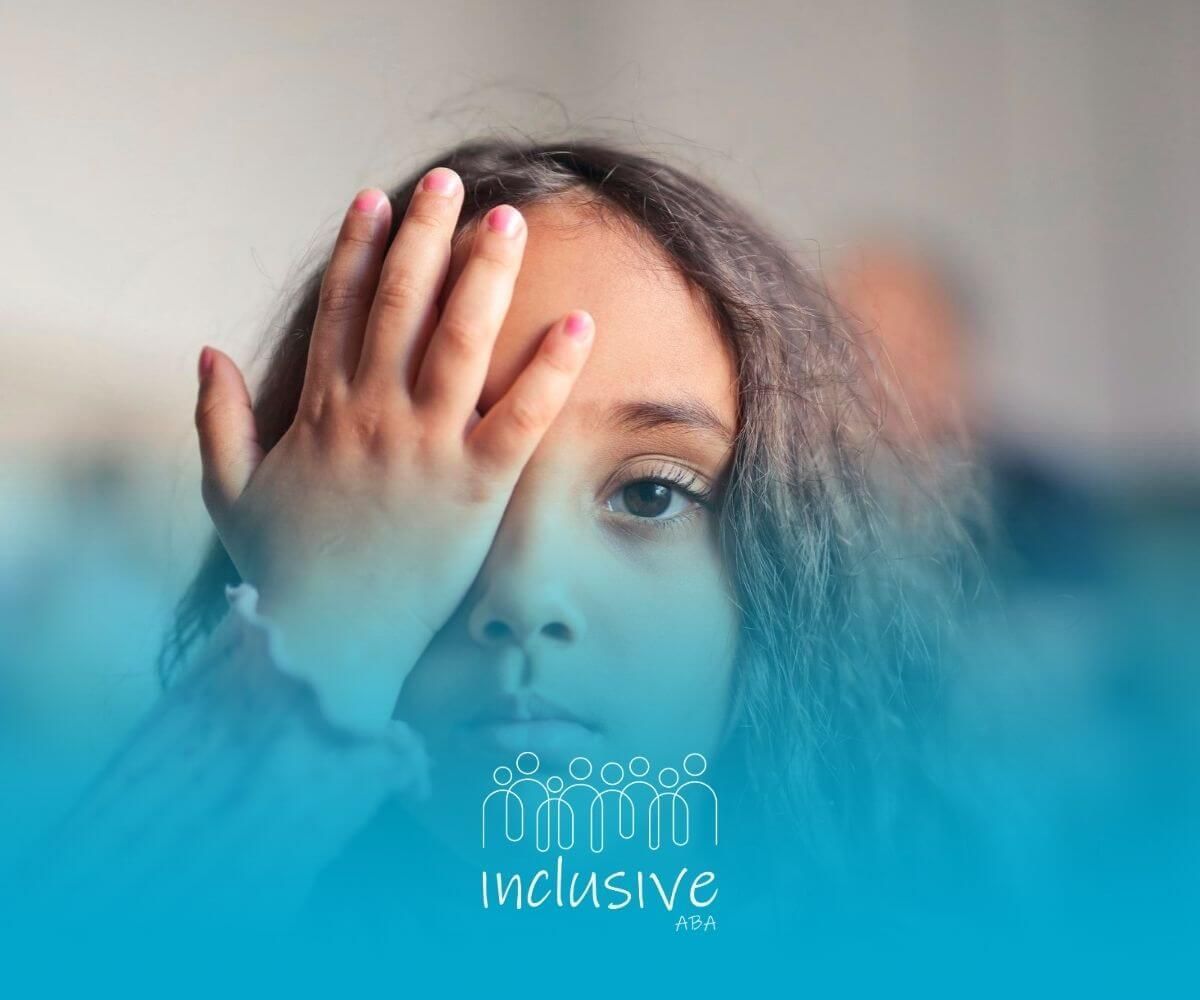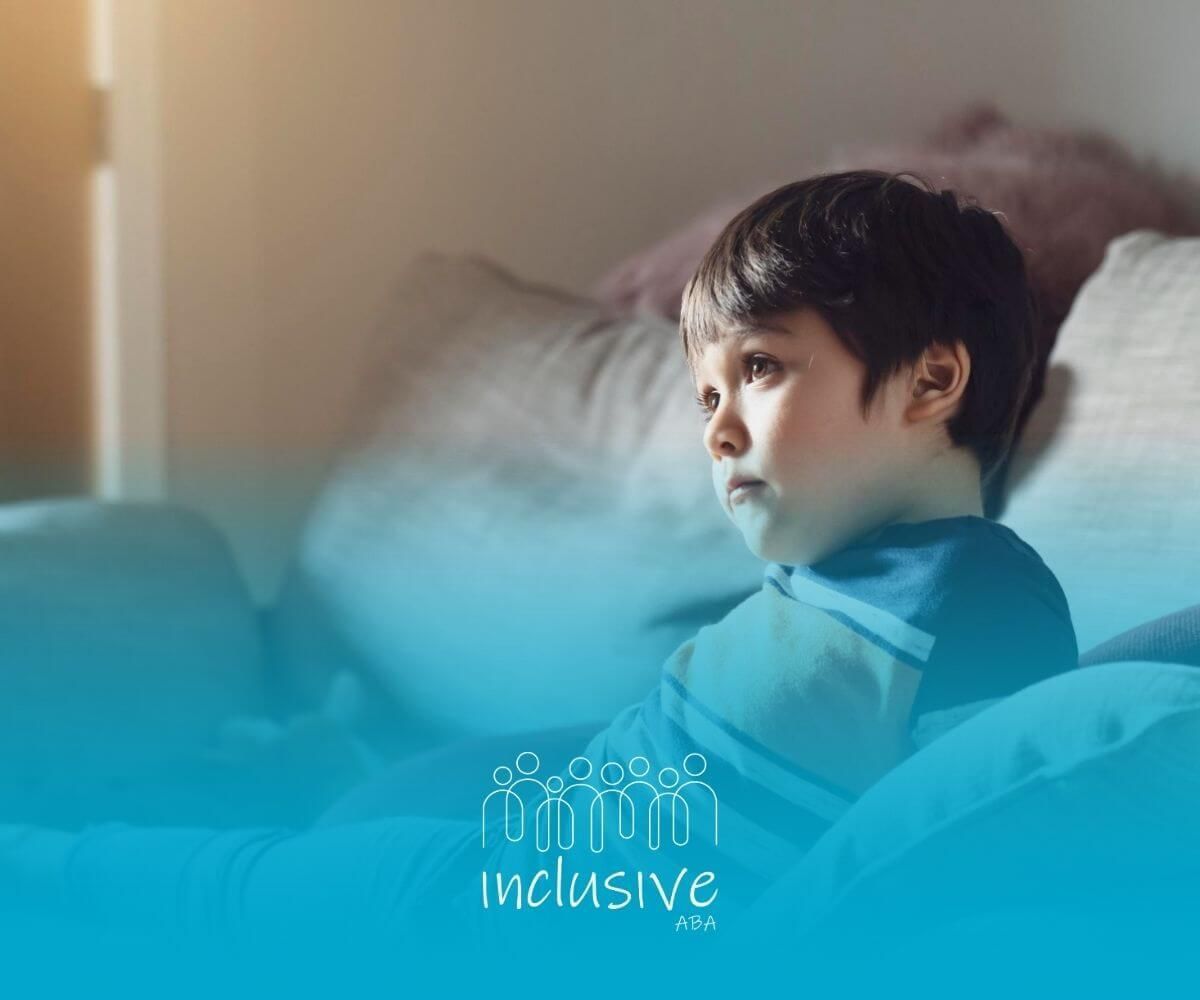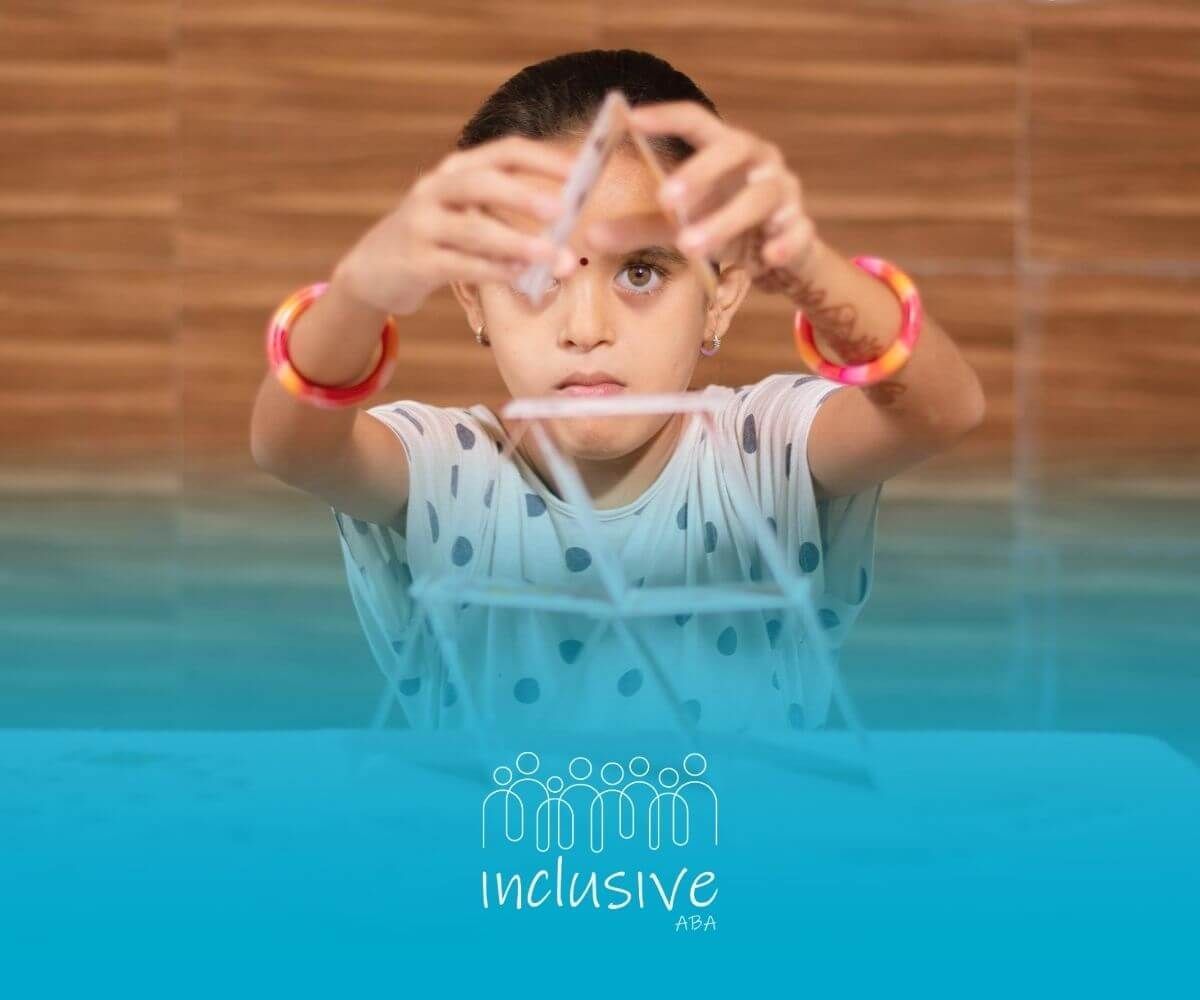How Do I Assess the Effectiveness of ABA Therapy?
Navigating the world of ABA therapy for your child can feel like embarking on a journey with many unknowns. One of the most pressing questions parents have is: How do I know if it's truly effective for my child's needs? This comprehensive guide will equip you with the knowledge to assess the effectiveness of ABA therapy and find an associated ABA provider every step, empowering you to advocate for your child's development and celebrate their milestones.
Understanding the Basics of ABA Therapy
Applied Behavior Analysis (ABA) therapy is a widely recognized therapeutic approach rooted in the science of learning and behavior. It focuses on understanding how behavior works, how it is affected by the environment, and how it can be modified through positive reinforcement and other evidence-based strategies to increase positive behaviors, especially for autistic children.
ABA therapy is most commonly used to help children with autism spectrum disorder (ASD) develop essential skills and reduce challenging behaviors. However, its principles can also be applied to support individuals with other developmental disorders, behavioral challenges, and learning differences.
Key Principles and Techniques Used in ABA
At its core, applied behavior analysis operates on the understanding that behaviors are learned and can be changed through consistent intervention, ultimately leading to positive behavior change. One of the fundamental principles of ABA is positive reinforcement, which involves rewarding desired behaviors to make them more likely to occur in the future.
ABA therapy utilizes a variety of techniques to achieve its goals, such as:
- Discrete Trial Training (DTT): Breaking down complex skills into smaller, more manageable steps, and teaching each step systematically.
- Pivotal Response Training (PRT): Targeting pivotal areas of development, such as motivation and initiation, to promote more widespread positive changes in behavior.
- Natural Environment Training (NET): Embedding learning opportunities into natural settings, such as play or daily routines, to enhance generalization and practicality.
Common Goals Set in ABA Programs
ABA programs are highly individualized, with goals tailored to the unique needs of each child. However, some common areas of focus include:
- Enhancing Communication Skills: ABA therapy can help children develop both verbal and nonverbal communication skills, enabling them to express their needs, thoughts, and feelings effectively across different settings. This may involve teaching them to use spoken language, sign language, picture exchange systems (PECS), augmentative and alternative communication (AAC) devices, or speech therapy techniques.
- Improving Social Skills: ABA therapy can support children in developing vital social skills such as initiating interactions, responding appropriately to social cues, engaging in reciprocal conversations, and understanding social boundaries.
- Developing Adaptive Skills: These skills are essential for daily living and independence and may include areas such as dressing, grooming, toileting, mealtime skills, and following routines.
Identifying Signs of Effective ABA Therapy
Recognizing the signs of effective treatment in a good ABA program is vital for parents who are invested in their child's progress. It goes beyond simply attending therapy sessions; it's about witnessing meaningful changes in your child's behavior, skills, and overall well-being.
These positive changes are not always immediate or linear but observing consistent progress over time indicates that the therapy is making a tangible difference in your child's life.
Improvement in Communication Abilities
One of the most significant indicators of effective ABA therapy is improvement in your child's communication abilities, which are key indicators of progress. This doesn't always mean your child will become fluent in spoken language overnight but rather that they are developing ways to express their needs, thoughts, and emotions more effectively.
You may observe an increase in the frequency and complexity of their attempts to communicate, whether through spoken words, gestures, sign language, or alternative communication systems. Additionally, their understanding of language and their ability to follow instructions may also show marked improvement.
Enhancements in Social Skills
For children with autism spectrum disorder, social interactions can often be challenging. However, effective ABA therapy can equip them with the necessary social skills to navigate these interactions more successfully.
You might observe positive changes in your child's ability to initiate and maintain eye contact, engage in reciprocal conversations, understand and respond to social cues, and participate in group activities. These enhancements in social skills contribute significantly to their overall quality of life, enabling them to form meaningful connections with peers and thrive in social settings.
The Role of Consistent Monitoring
Consistent monitoring is the backbone of effective ABA therapy. It provides the data-driven insights needed to track your child’s progress, identify areas where they excel, and pinpoint areas that might require adjustments in the treatment plan. Think of it as a compass, guiding the therapist towards the most successful interventions for your child.
Monitoring involves meticulously collecting data on targeted behaviors, analyzing trends, and using these insights to make informed decisions about the course of therapy.
Tracking Behavioral Changes
A hallmark of ABA therapy is its methodical approach to tracking behavioral changes. Through meticulous data collection, the certified behavior analyst can identify even subtle shifts in your child's behavior, allowing for precise adjustments to the treatment plan to meet the specific needs of your child. This data-driven approach ensures that the therapy remains aligned with your child's evolving needs.
Therapists typically use various methods to track these changes, including frequency counts, duration recordings, and interval-based systems. By analyzing these data points, they can gain a comprehensive understanding of how the child's behavior is responding to the interventions.
Importance of Continuous Assessment
Effective ABA therapy is not a static process. It requires continuous assessment to ensure that the treatment plan remains relevant, responsive, and ultimately, beneficial for the child. As your child progresses, their needs and treatment goals may evolve, necessitating necessary adjustments to the therapy approach.
Continuous assessment enables the therapist to identify when a particular strategy is no longer yielding the desired results, when new challenges arise, or when the child has mastered a skill and is ready to move on to the next level. This dynamic and adaptive approach ensures that the therapy remains tailored to your child's unique journey.
Feedback Mechanisms in ABA Therapy
Open and transparent communication is a cornerstone of effective ABA therapy. Establishing robust feedback mechanisms ensures that everyone involved—parents, therapists, and caregivers—are on the same page, working collaboratively to support the child's progress.
These mechanisms facilitate a two-way flow of information, allowing for concerns to be addressed promptly, successes to be celebrated, and adjustments to be made proactively.
Gathering Insights from Therapists
Regular communication with your child's ABA therapist is paramount for gaining valuable insights into your child's development and progress. These conversations extend beyond simply hearing about your child's performance during therapy sessions; they should provide a comprehensive understanding of your child's overall development, including aspects of your child's development covered in the therapy.
The therapist should proactively share data on your child's behavioral changes, discuss the
effectiveness of current interventions, and actively seek your input on any observations or concerns you may have to help your child reach their full potential. This collaborative approach fosters a sense of partnership and empowers you to play an active role in your child’s therapeutic journey.
Involving Parents and Caregivers in the Process
Parents and caregivers are integral family members of the ABA therapy team. Their active involvement is not just encouraged; it's essential for maximizing the effectiveness of the therapy and ensuring that the skills learned during sessions translate seamlessly into the everyday life of parents of children in therapy.
Therapists rely on parents and caregivers to provide valuable insights into the child's preferences, strengths, and challenges. Open communication channels allow for the sharing of observations, concerns, and successes, creating a holistic and supportive therapeutic environment.
Adjusting Strategies Based on Outcomes
Flexibility is a core principle of effective ABA therapy. As your child progresses or encounters new challenges, it's essential for the treatment plan to adapt accordingly to minimize sensory overload. Adjustments to strategies are not a sign of failure but rather a reflection of a responsive and individualized approach to therapy.
By remaining vigilant to your child's needs and being open to modifying the treatment plan, you can ensure that ABA therapy continues to effectively support their development.
When to Modify Treatment Plans
Periodically revisiting and modifying treatment plans, including reinforcement schedules, is essential for staying responsive to your child’s evolving needs and goals within ABA therapy. Treatment plans should not be viewed as static documents. They require flexibility and adaptation based on your child’s progress, emerging challenges, and the acquisition of new skills.
If data analysis reveals that a particular intervention is not yielding the desired outcomes, the therapist should be open to exploring alternative strategies targeting different skills based on your child’s interests. Similarly, as your child masters certain skills, the focus of therapy should shift towards new challenges, ensuring continuous progress and development.
Signs that ABA Therapy Needs Reevaluation
While ABA therapy can be remarkably effective, there are instances where it may not be the right fit or might require reevaluation. Recognizing these red flags early on is crucial for ensuring that your child receives the most beneficial support possible.
If, despite consistent therapy sessions, you observe a lack of progress toward defined goals, it's important to communicate these concerns with the therapist. Similarly, if your child’s overall behavior and well-being seem negatively affected by the therapy or if you have apprehensions about the therapist’s approach, it's essential to address these issues promptly.
Conclusion
In conclusion, evaluating the effectiveness of ABA therapy involves assessing improvements in communication, social skills, reduction in problematic behaviors, and behavioral changes, which can lead to positive outcomes. Consistent monitoring and feedback mechanisms play crucial roles in tailoring strategies and achieving desired outcomes. By actively involving therapists, parents, and caregivers in the process, the therapy can be more insightful and impactful. Regular assessment and timely modifications ensure that the treatment aligns with the individual's progress and needs. Understanding the signs that indicate the need for reevaluation is essential for optimizing the benefits of ABA therapy. If you are uncertain about progress during sessions, seek guidance from professionals to make informed decisions about the therapy plan.
At Inclusive ABA, with dedicated teams serving Nevada, Nebraska, and Colorado, we understand the critical importance of evaluating the effectiveness of ABA therapy. This article provides valuable insights into how families and professionals can assess progress and ensure that treatment is yielding meaningful results. At Inclusive ABA, we utilize data-driven methods, regularly monitor individualized goals, and maintain open communication with families to track progress and make necessary adjustments. Our commitment is to providing transparent and effective ABA therapy that leads to positive outcomes and enhanced quality of life for individuals with autism and their families across Nevada, Nebraska, and Colorado.
Frequently Asked Questions
How long does it typically take to see results from ABA therapy?
The timeline for seeing results from ABA therapy varies greatly depending on a child’s needs and the intensity of therapy. While some children may exhibit noticeable improvements in their behavior, language development and new skills within a few months, for others it may take longer. Early intervention often leads to more accelerated progress throughout the therapy process.
What should I do if I don’t observe progress in ABA sessions?
If you're not seeing progress in ABA therapy sessions, open communication is key. Speak with your child’s therapist about your concerns and collaboratively review the therapy plan. They can determine if adjustments need to be made or if the therapy is a good fit for your child's current needs.
Source:
https://www.nimh.nih.gov/health/topics/autism-spectrum-disorders-asd
https://www.autismspeaks.org/applied-behavior-analysis
https://online.regiscollege.edu/blog/aba-therapy-examples/
https://onceuponrehabilitationservices.com/aba-therapy-goals/
https://www.nichd.nih.gov/health/topics/autism/conditioninfo/treatments/early-intervention
https://www.bhcoe.org/2021/07/the-role-of-caregiver-involvement-in-aba-therapy/
Looking for Expert Help? We're Here for You!
Our compassionate and skilled team is devoted to enhancing your child's development through customized ABA therapy. Let us partner with you to create a supportive environment for your child's success.
Discover how we can help your family thrive with expert ABA therapy.
Related Posts







